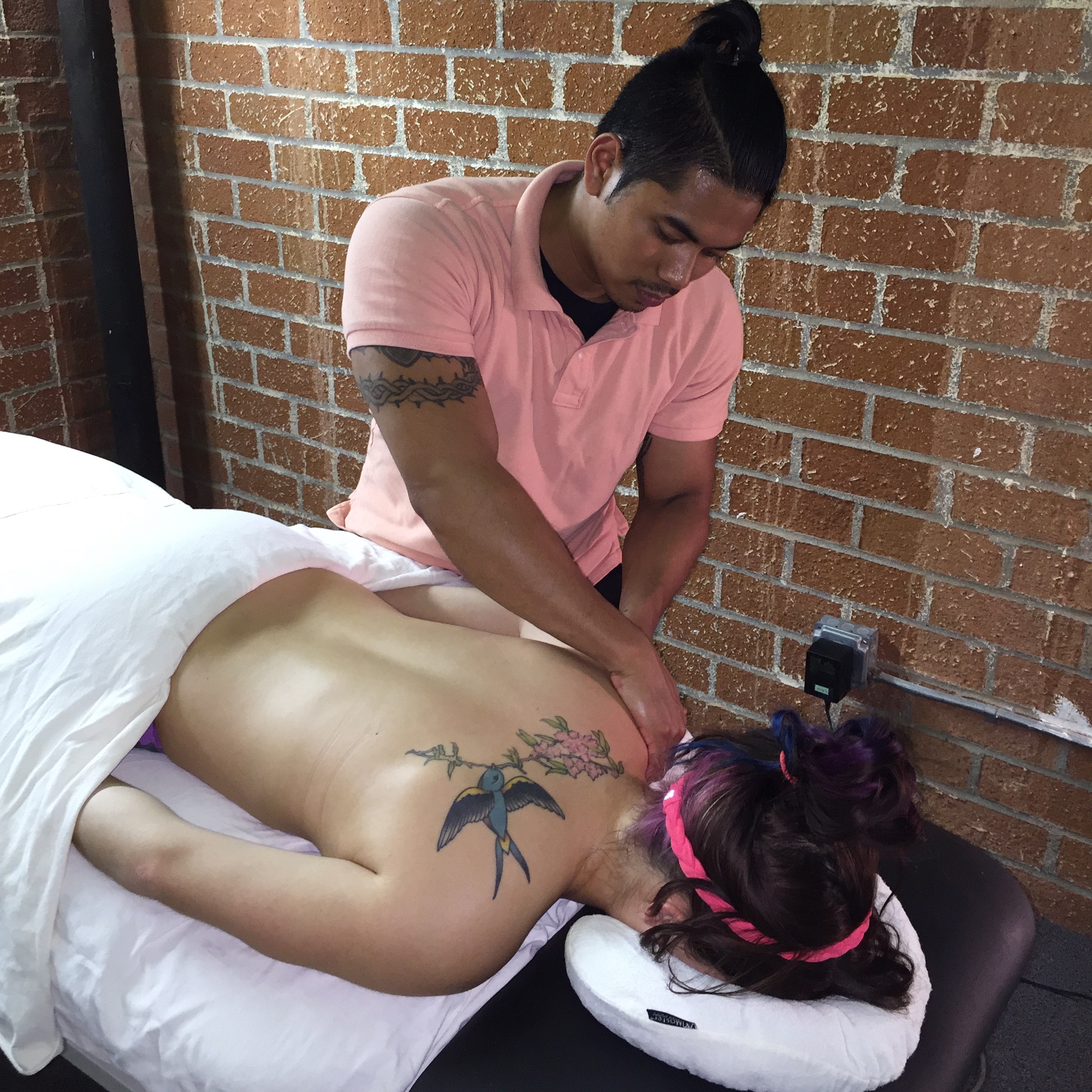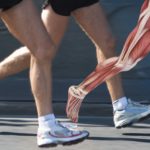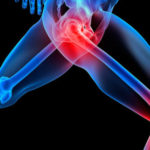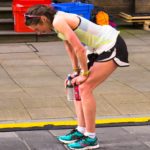MASSAGE: PLEASURE AND PAIN IS GOOD FOR YOU!
Posted In Healthy Aging, Lifestyle It’s the rare person who does not find it enjoyable to have a qualified pair of hands massage parts of the body that feel sore or tight. But, what does massage actually do? There are as many different types of massage as there are benefits of the human touch. Massage can relax the body and calm the mind. Massage can fight pain, increase circulation and create freedom of movement. In this article we will focus on the benefits of a Deep Tissue or Sports Massage. First it is important to discuss what makes a muscle sore and develop knots. Muscles are the workhorses of the body. They work all day to keep us upright against the forces of gravity and they work to create meaningful movement. Poor posture and increased exertion overcome the muscles ability to perform work. For example, when we stand or sit in poor posture with the head held forward, and not lined up over the shoulders, the muscles of the upper back and lower neck have to work hard all day to keep the head up. When we ask our muscles to work harder or longer than they are accustomed to they react by becoming tight and sore. The tightness comes from a reflexive increase in muscle tone in response to the pain and inflammation and is experienced as a “knot” in the muscle. With time, adhesions develop between the microscopic connective tissues components of the muscles and can immediately impair the fluid and chemical exchange within the muscles and ultimately impair the function of those muscles. Accordingly, when muscles are chronically overworked and remain tight it leads to limited range of motion that will negatively impact the joints as well. Poor posture habits lead to permanently shortened muscles and fixed poor posture. Massage can help reverse chronic poor posture by breaking up adhesions in tight muscles and allowing them to return to their full length and making it easier to line up the building blocks of the body over one another in good alignment. Massage or “soft tissue mobilization” will help separate the fascial adhesions between muscle fibers. This allows the muscle fibers to move freely again, restoring normal movement and improving the muscles ability to do its job i.e. contract and develop force to do work. Also, massage increases blood flow which helps create healing and also helps move waste products through the body via the lymphatic system. When activities push the boundaries of our current physical fitness level muscles are overworked and micro trauma in the muscles cause pain and relieve spasm. Massage helps relieve post exercise muscle soreness and will serve to help recovery and avoid the formation of painful knots. Tight or shortened muscles also benefit from massage in addition to stretching. While habitual stretching is critical to your physical health, massage compliments the effects of stretching by releasing these adhesions. Massage is also the best way to get a very localized stretch of a muscle and thereby will hasten improvements made by stretching alone. Massage will also affect the nervous system to calm your mind and relax tight muscles. Science has shown massage to reduce the stress hormone Cortisol. Do something good for yourself, relax your body and mind, speed up recovery from post exercise soreness, work on healing a nagging ache, or get rid of that knot in your back by schedule a massage.PROFESSIONAL THERAPEUTIC MASSAGE

Forster Physical Therapy Voted Best Place to Go for A Sports Massage, Competitor Magazine
The human body is a vulnerable place, especially when you are pushing it to the limits with athletics! Stretching, foam rolling, and massaging are CRITICAL parts of a training optimization plan that will keep you fit, uninjured, and ready to take on the next big athletic feat.








